Address: 66/74 Pyay Road
Year built: 1990-1996
Architect: Public Works Department
The National Museum of Myanmar was founded in 1952. It was first located in the Jubilee Hall on Shwedagon Pagoda Road, which was later demolished. In 1970 the museum moved into the former National Bank of India on Pansodan Street. Its present building opened its doors in September 1996, to mark the eighth anniversary of the SLORC’s accession to power after the 1988 uprising. Prior to opening, construction on the two-hectare site went on for six years. The museum consists of three five-storey cubic buildings, with a huge concrete canopy facing Pyay Road. The main entrance, however, is to the side of the museum. The grounds feature bronze statues of three legendary rulers of Burma: King Anawratha (r. 1044-1077), King Bayinnaung (r. 1550-1551) and King Alaung Min Tayar (r. 1752-1760).
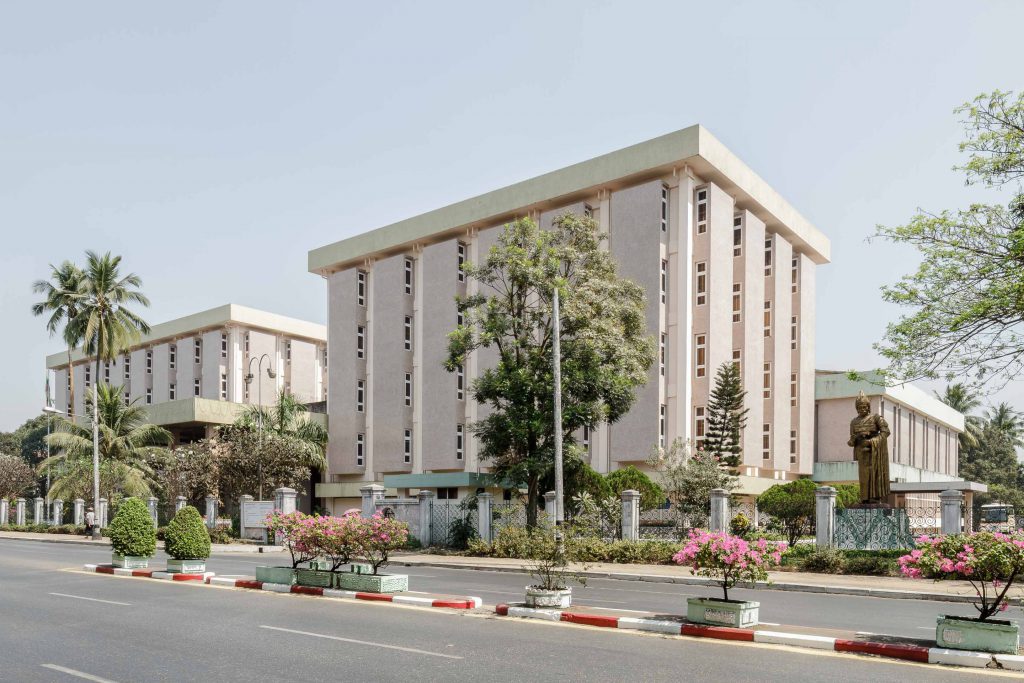
At first glance, the façade appears windowless. In fact the regular protrusions have slim windows along the sides, preventing direct sunlight from entering. Despite its relatively young age, the building is already showing heavy signs of wear. Inside, dim lighting, frequently inoperable lifts, poor labelling and large cordoned-off areas highlight the need for major updates. The quality of exhibitions varies greatly. Some sections showcase the political achievements of the current administration. Another room illustrates Myanmar’s great diversity via a rather tokenistic, wide-ranging display of ethnic minorities’ traditional costumes. The museum’s main exhibit is the Lion Throne, made of local yamanay wood and completely gilded: it was the throne of Burma’s last king, Thibaw, who was driven from his Mandalay Palace during the Third Anglo–Burmese War in 1885. Removed to Kolkata during colonial times, it was promptly returned to newly independent Burma in 1948.
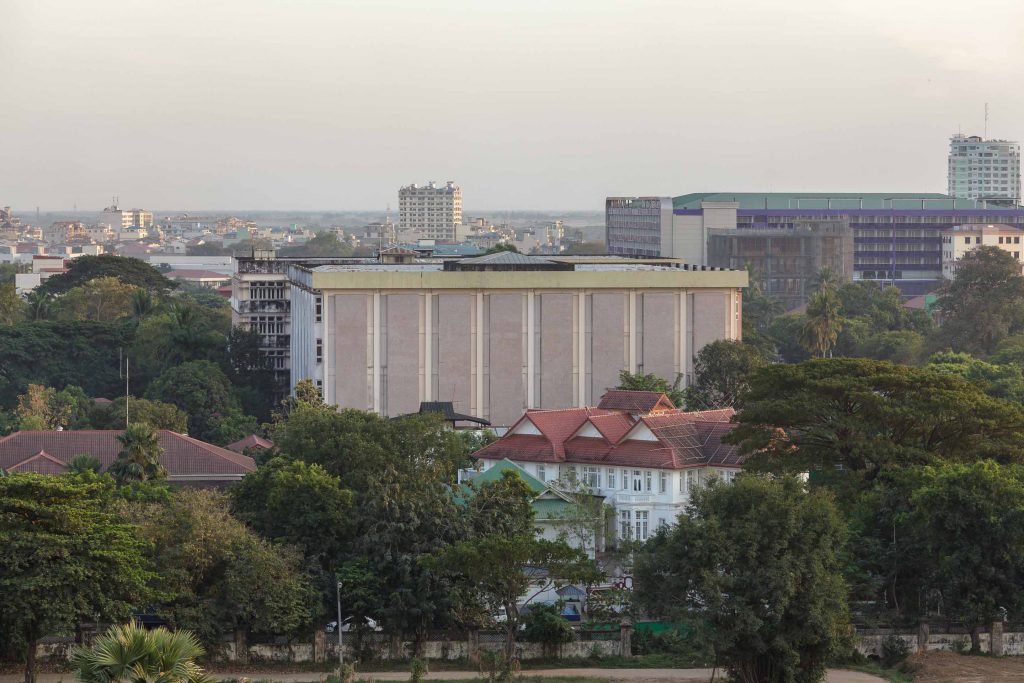
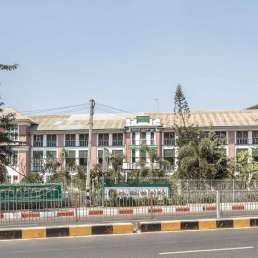
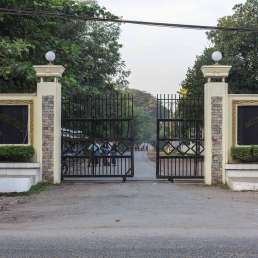
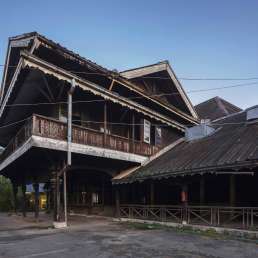
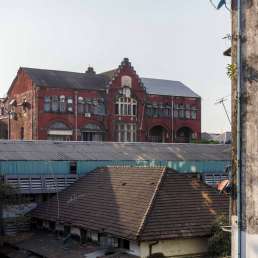
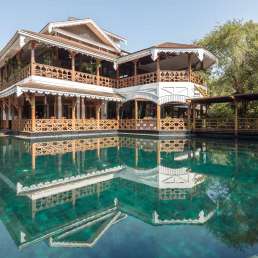
Ich wollte einfach einen netten Gruss hinterlassen. Bin gerade
auf eure Homepage gestossen.